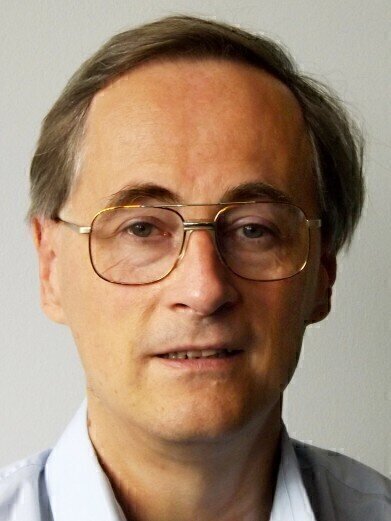-
 Prof Michael North
Prof Michael North -
 Prof James Clark
Prof James Clark
News & Views
York Chemists Lead Breakthrough in Carbon Capture
Aug 09 2016
York Scientists have developed a new method of capturing carbon dioxide (CO2) emissions from power stations, chemical and other large scale manufacturing plants using renewable materials that are said to be cheaper and which have lower energy requirements other commercial systems.
Made up from waste biomass including food peelings and seaweed, Starbons, discovered and first reported 10 years ago by the York Green Chemistry Centre of Excellence, are said to provide a greener, more efficient and selective approach to reducing emissions compared to other commercial systems.
The synthetic make-up of Starbons, which contains pores, results in the absorption of up to 65% more CO2 than other methods. They are also more selective in capturing CO2 when mixed with nitrogen, with results showing a capture rate of 20:1 rather than 5:1 - four times more selective than other methods.The materials also retain their CO2 absorption and selectivity in the presence of water and have extremely fast rates of CO2 absorption and desorption.
Such enhanced properties for carbon capture, in a material that is sustainable and low-cost to make, holds significant potential for helping to reduce emissions from many manufacturing plants and power stations in the UK and around the world.
Professor Michael North, Professor of Green Chemistry at the University of York, said: “This work is of fundamental importance in overturning established wisdom associated with gas capture by solids. It defies current accepted scientific understanding of the efficiency of carbon-capturing CO2, and has the potential to be of significant commercial and governmental value in helping the UK meet its CO2 emissions reduction promises.
Professor James Clark, Head of York’s Green Chemistry Centre of Excellence, said: “The high CO2 adsorption, high selectivity, rapid kinetics and water tolerance, combined with the low cost and ease of large scale production from waste biomass, gives Starbons great potential. We hope to offer the product as a commercial capture agent for separating CO2 from chemical or power station waste streams.”
The research is published in Angewandte Chemie.
Digital Edition
Lab Asia 31.2 April 2024
April 2024
In This Edition Chromatography Articles - Approaches to troubleshooting an SPE method for the analysis of oligonucleotides (pt i) - High-precision liquid flow processes demand full fluidic c...
View all digital editions
Events
Apr 22 2024 Marrakech, Morroco
Making Pharmaceuticals Exhibition & Conference
Apr 23 2024 Coventry, UK
Apr 23 2024 Kintex, South Korea
Apr 23 2024 Seoul, South Korea
Apr 24 2024 Jakarta, Indonesia







.jpg)









